Bought legal weed from a dispensary or other licensed retailer? If so, you might have run into the term TAC on its label. Often confused with THC or believed to be synonymous for “potency”, TAC (Total Active Cannabinoids) is an important unit of measure for cannabis products. Keep reading to learn why.
- What is TAC and what does it stand for?
- How is TAC different to THC?
- How does THC impact TAC?
- How do other TAC compounds impact THC?
- How are TAC and THC tested?
- Which is more important: TAC or THC?
- What are the effects of TAC?
- Where can I find TAC on cannabis products?
- Are there side effects to using products with high TAC?
As the laws around cannabis change, governments with new legal weed markets are moving fast to find ways to regulate cannabis products and ensure their quality.
If you’re lucky enough to live in or have visited one of these places and bought weed from a store like a dispensary, you may have noticed an intriguing measure on the labels of the flower, dabs, or tinctures on sale – namely TAC. Join us as we explore TAC, what it stands for, and how it differs from THC.
What is TAC and what does it stand for?
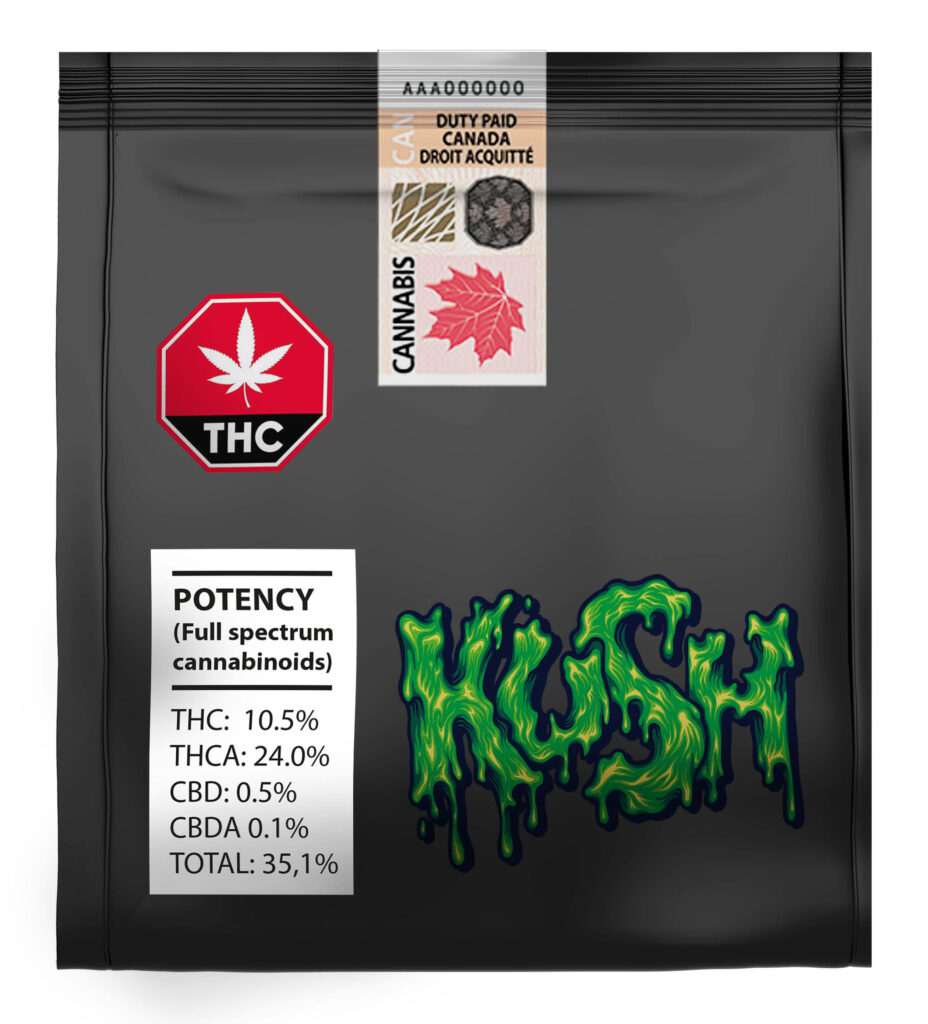
TAC stands for Total Active Cannabinoids and is a measure of the total cannabinoid content in a cannabis product. If, for example, 1 gram of dry flower has a TAC of 29%, that means that it contains 29% (or 290mg) of total cannabinoids.
You’ll usually find TAC levels printed on the labels of retail cannabis products bought from licensed dispensaries, collectives, or cannabis clubs, but generally not on unlicensed cannabis products from other sources.
Some cannabis products may have a detailed breakdown of their TAC, showing you exactly how much of each cannabinoid they contain. These labels may look like:
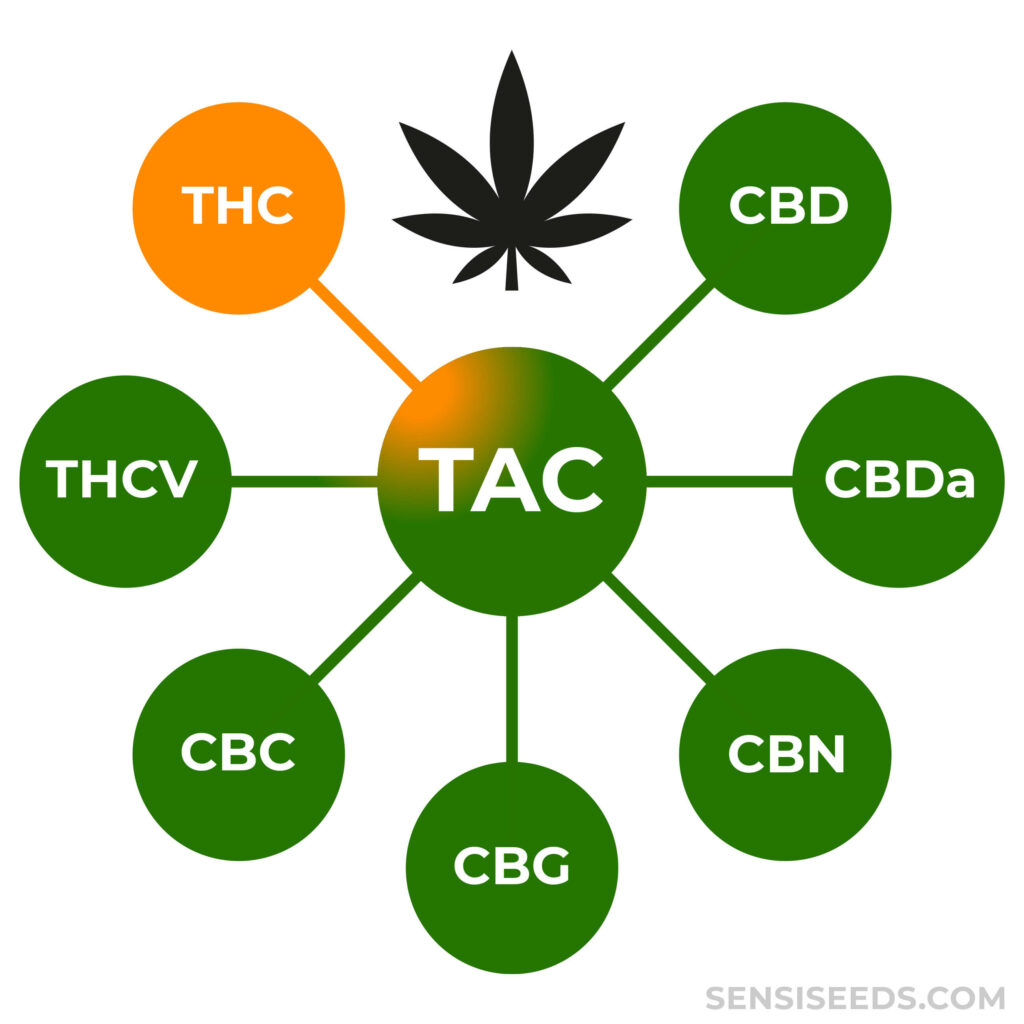
How is TAC different to THC?
While TAC measures the total content of all active cannabinoids in a particular cannabis product, THC measures only the content of one cannabinoid – namely Tetrahydrocannabinol.
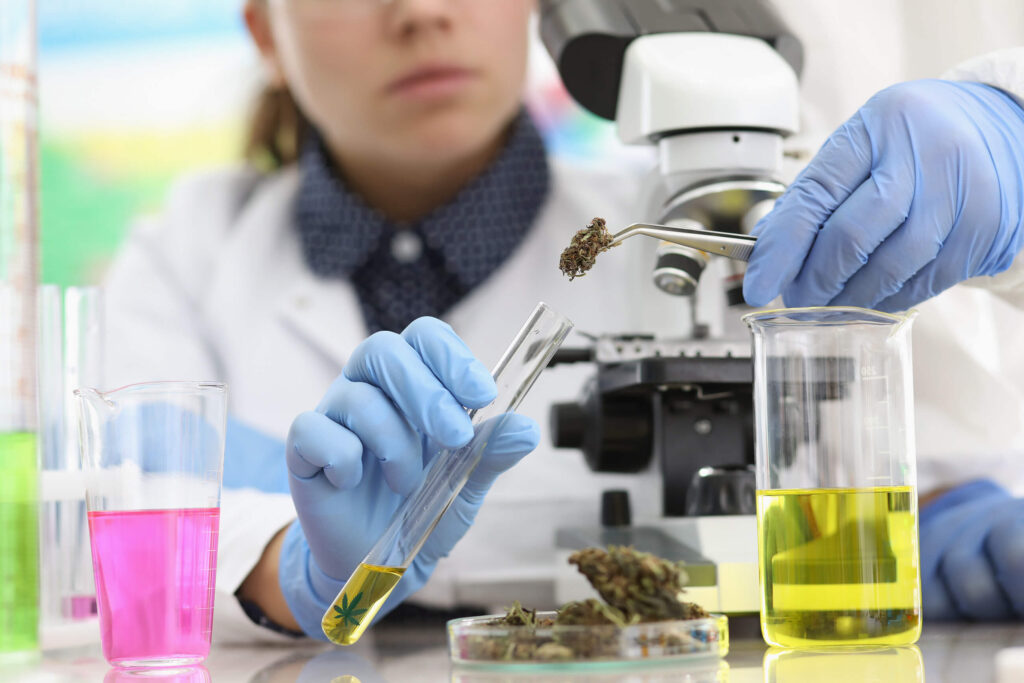
Note that the THC levels of a cannabis product can be broken down, since cannabis can contain many different types of THC (which aren’t all created equal). The most common is delta-9 THC, often considered the main “intoxicating” compound in cannabis, but others may include:
- Delta 8 THC, a slightly different version of THC with similar, yet more potent, intoxicating effects.
- THCa (or tetrahydrocannabinolic acid), a non-intoxicating acidic compound that converts to THC when it is heated.
If you’re buying seeds, flowers, hash, an edible, or any other kind of legal/licensed cannabis product, consult its label and remember – TAC will tell you the total amount of active cannabinoids in that product, whereas THC will be only a measure of the tetrahydrocannabinol it contains.
If, for example, 1 gram of dry flower has a TAC of 29% and 25% total THC, that means it contains 29% (or 290mg) of total cannabinoids, and 25% (or 250mg) of total THC.
How does THC impact TAC?
Today, most cannabis products on the market are predominantly high in THC. Hence, THC tends to be the biggest influencer behind most weed products’ Total Active Cannabinoid levels. However, other major cannabinoids that can affect the TAC of weed include:
Of course, these aren’t the only cannabinoids in weed – the plant contains at least 113 unique cannabinoids, all with different effects and properties. However, the compounds mentioned above are by far the most common cannabinoids found in modern cannabis and the biggest contributors (after THC) to the TAC levels of most of today’s weed.
How do other TAC compounds impact THC?

For a long time, THC was considered the main active ingredient in cannabis. Today, however, we know that that’s not true; cannabis can contain over 500 chemical compounds.
Moreover, research shows that the compounds in cannabis can synergise and thereby intensify, inhibit, or alter each other’s effects. This phenomenon, known as the Entourage Effect, may be key to understanding the complex ways in which weed interacts with the human body.
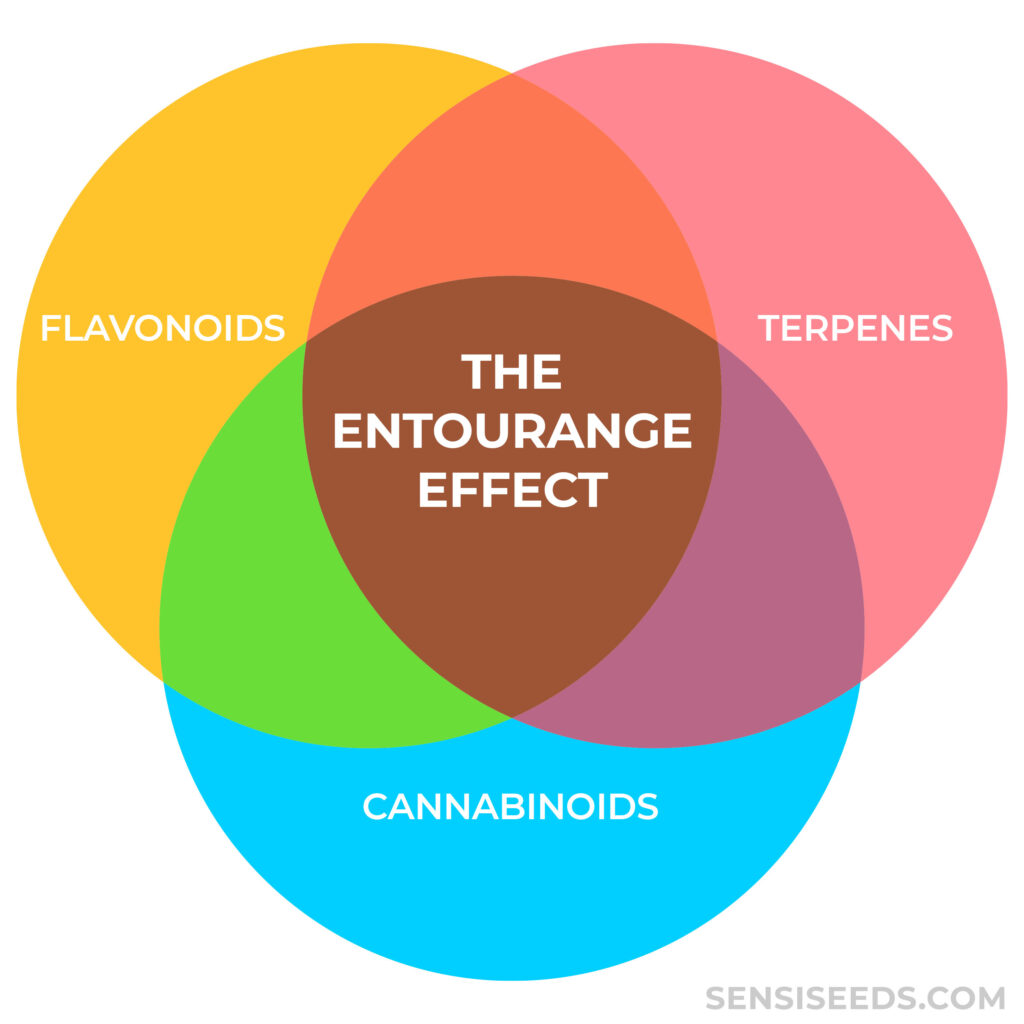
One of the most common ways that we see other cannabinoids measured by the TAC affect THC is this:
Studies have shown that CBD (or cannabidiol) may inhibit THC’s ability to act on CB1 receptors, thereby taming the strong “high” that THC is known to produce. That’s why many cannabis users recommend taking THC and CBD together for a more balanced experience.
Learn more about this in our article on how CBD counteracts the effects of THC where we also explain the ‘entourage effect’.
How are TAC and THC tested?
The TAC and THC levels you’ll find on cannabis product labels come from lab tests performed on samples of those products before they hit the shelves.
In legal cannabis markets, weed products are often tested for their potency as well as any impurities they may contain (including solvents, heavy metals, pesticides, or even microbes).
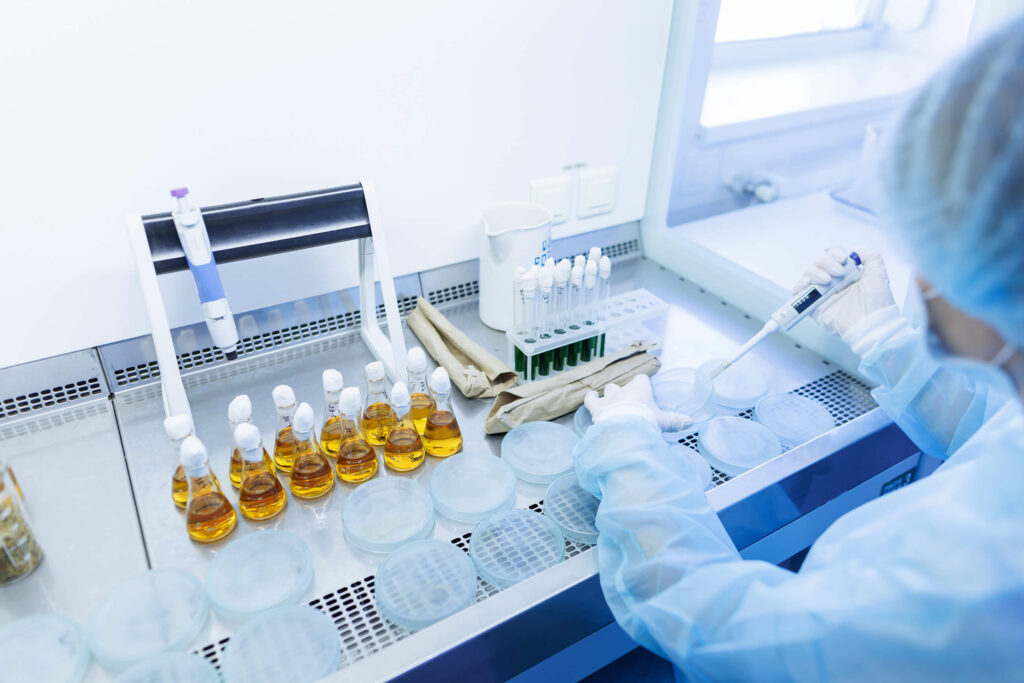
Arguably the most popular method for testing the potency of cannabis products is high-performance liquid chromatography and UV detection (HPLC-UV), which can provide an accurate reading of all the cannabinoids in a product (including cannabinoid acids like THCa and CBDa, which do not show up on gas chromatography tests, for example).
Meanwhile, the Full Evaporation Technique (or FET) is often used to test for terpenes as well as residual solvents in cannabis. Finally, Inductively Coupled Plasma (ICP), Gas Chromatography (GC), and Plating Assays are used to test weed for pesticides, heavy metals, and microbial contaminants.
Which is more important: TAC or THC?
Both TAC and THC are important measures to have on cannabis labels.
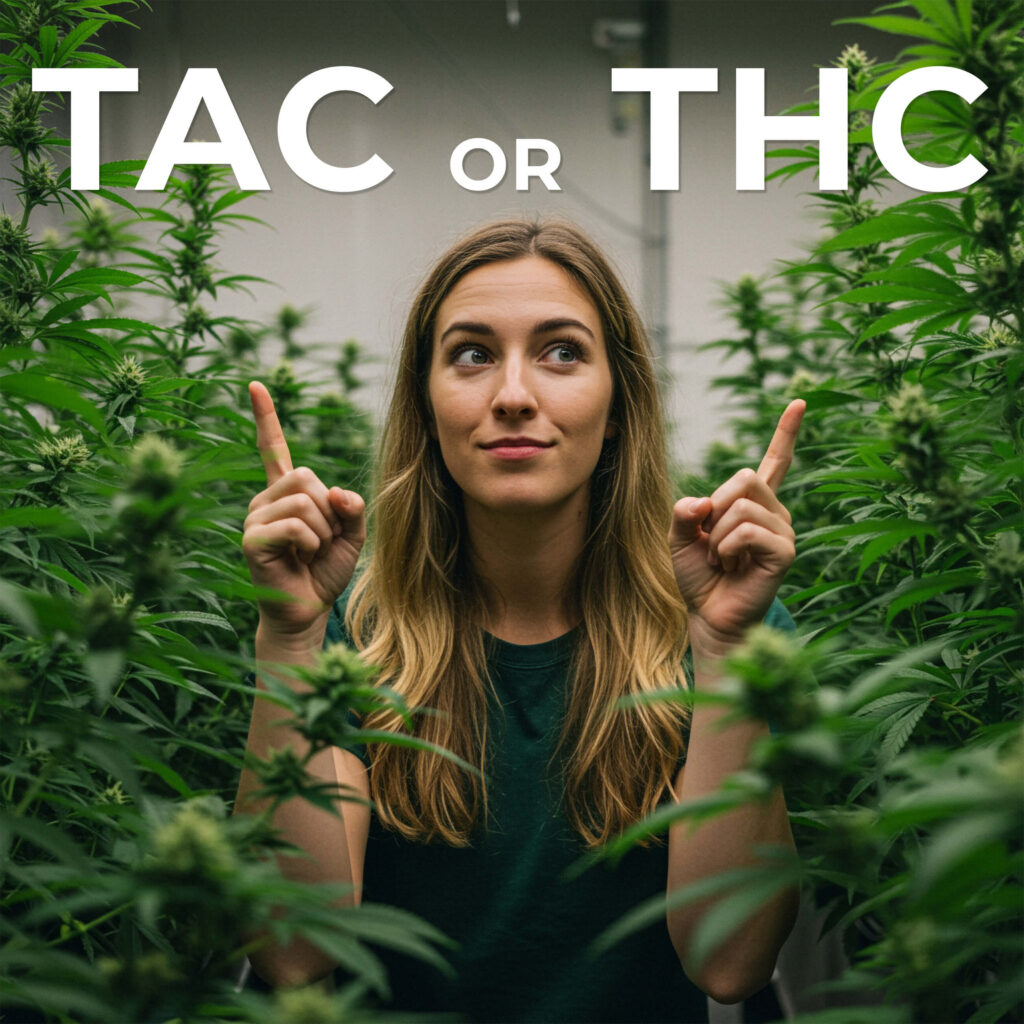
TAC, on the one hand, gives users a detailed understanding of the total cannabinoid content of their products. However, the measure is slightly useless on its own, as users won’t really know what to expect from a particular product without knowing its concentration of individual cannabinoids like THC, CBD, CBN, etc.
In an ideal world, we’d like to see cannabis fully legalised, produced to the highest possible standards, and sold through licensed and informed retailers. All cannabis products would be tested and labelled before hitting the shelves, so that users (along with the help of qualified retailers like budtenders) can make informed decisions about the weed they consume based on their needs.
Of course, we’re still a long way from witnessing the global legalisation and regulation of cannabis. However, legalisation movements like those we’re seeing in North America, Europe, and even South America are starting to lay down the foundation of what the future of legal cannabis might look like. And in some of these markets, measures like TAC and THC are already proving vital to helping cannabis consumers make informed buying decisions.
What are the effects of TAC?

This is a common, yet misguided question. TAC, on its own, won’t tell you anything about the effects of a cannabis product. Instead, it’ll just tell you the total amount of cannabinoids that product contains.
To get an idea of the effects of a cannabis product, you’ll want to look at its concentration of individual cannabinoids and terpenes. When looking at the level of distinct cannabinoids and terpenes in your weed, remember that:
- Cannabis that’s predominantly rich in THC may have intoxicating effects that can be soothing, uplifting, euphoric, or even pseudo-psychedelic, depending on the strain.
- Weed predominantly rich in CBD may produce more subtle effects, without the strong intoxicating buzz of high-THC weed.
- Products with high levels of CBN are thought to be more relaxing.
- Common cannabis terpenes like myrcene, limonene, pinene, or caryophyllene may synergise with cannabinoids and alter or intensify their effects. Learn more about this in our article on cannabis terpenes.
Does TAC Make You High?

No. TAC is a simple measure of the total cannabinoids in a cannabis product, not a measure of a product’s ability to cause intoxication.
While its easy to confuse TAC for a predictor of a cannabis product’s potency or effects, try to think of it as a simple guide to the overall cannabinoid content in a certain product. For an idea of whether a product is intoxicating or not, look at its individual cannabinoid values instead.
Where can I find TAC on cannabis products?

TAC is commonly found on labels of licensed cannabis products sold in legal markets like Canada and some US states. Europe, on the other hand, is behind in this area – as is so often the case when it comes to topics related to the regulation of cannabis.
Are there side effects to using products with high TAC?
At Sensi Seeds, we love cannabis. But we’re not blind to, nor ignorant of, the potential side effects of using highly potent weed – especially for children or young adults.
Again, a TAC measure won’t tell you much about your weed. The breakdown of its individual cannabinoids, however, will. If you’re lucky enough to live in an area where cannabis is legal, take the time to read the labels on your products and get informed about the amount of different cannabinoids they contain.
Finally, when consuming high-potency cannabis products, remember that less is more. We always recommend trying a small dose of a product first, then waiting to gauge its effects before further increasing your dose.
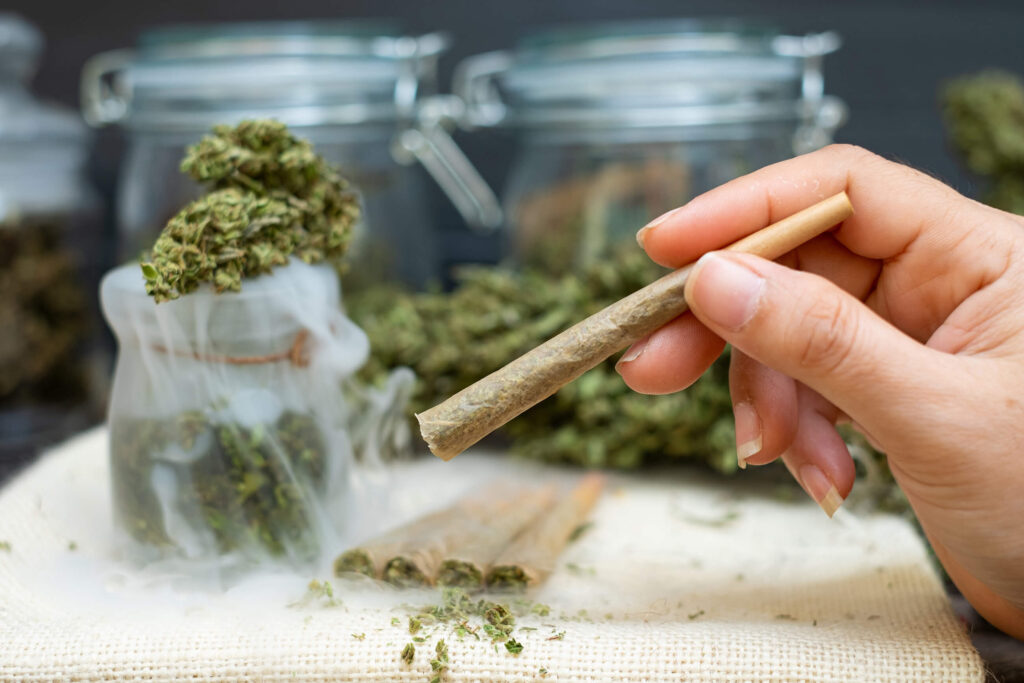
Remember – cannabis is generally considered safe, but we’re still in the early stages of understanding this ancient plant and its wide variety of effects, benefits, and potential side effects.
What do you think about labelling of cannabis products? How do measures like TAC and Total THC influence your decision-making when buying weed? Let us know in the comments below!
- Disclaimer:Laws and regulations regarding cannabis use differ from country to country. Sensi Seeds therefore strongly advises you to check your local laws and regulations. Do not act in conflict with the law.







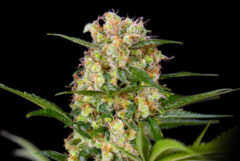
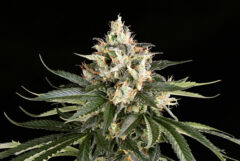
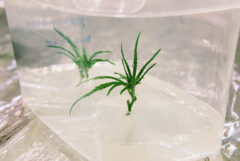

I will like to try out those kannibioids, but hard to find in Finland knowledge or because it’s not legal to grow, that’s main reason. Seeds you can order and have but maybe someday. F1 seeds I must have get on next time.
Cancer and cannabis?
Are there any legitimate studies on the risks of developing any forms of cancer related to marijuana use?
Certainly alcohol and tobacco are true carcinogens.